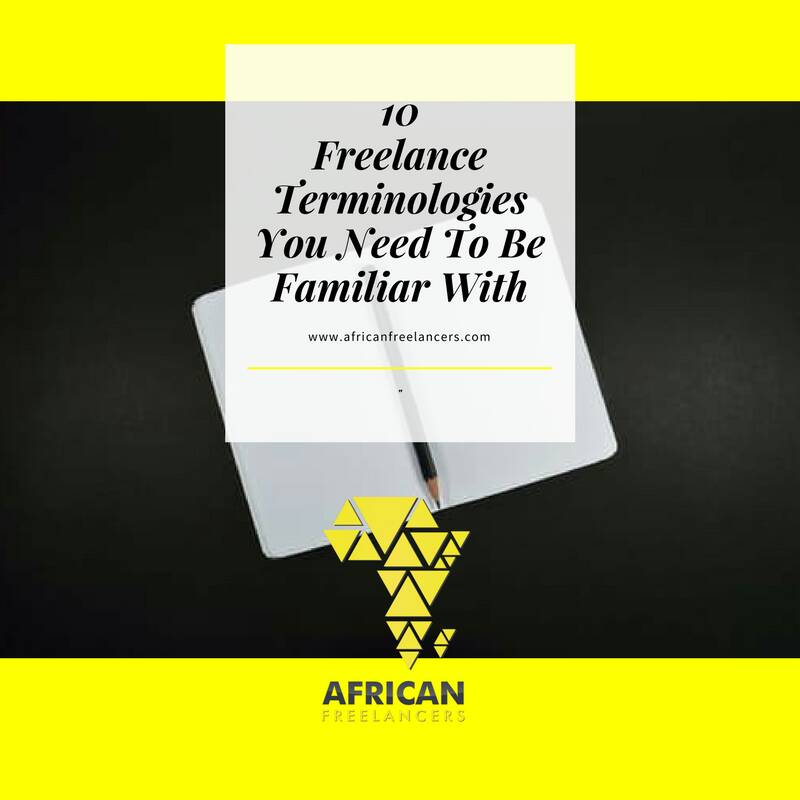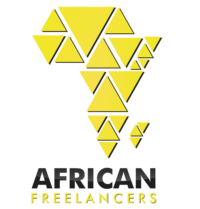For anyone who is new (or not so new) to the freelance world, some of the jargon which is used can be quite overboard, and you might feel like so many things which are said are above your head. You need not worry, we are here for you.
This article talks about a few of the more common terminologies used in freelancing, and we do hope that you find them useful.
1. Bio
The first terminology to be discussed is the bio, and rightly so. The bio is very important for a lot of reasons: it is what people who are curious about whom you get to see, and thus, forms their impression of your personality. It’s also what a potential employer or client gets to see about you.
Your bio is a little bit about yourself, something which you would like your readers to know about you. In your bio, you need to state your freelance niche if you have one, and some personal details about yourself. It might be necessary to have two to three versions of your bio- a very short one containing only the essentials, a medium-length one, and the longer version.
2. Byline
When your name is written clearly on a piece of work, that’s a byline. The byline is usually written at the top of an article. This doesn’t include details about the author.
3. Tagline
The tagline is just like a byline, but this one appears right at the end of an article (instead of before it, as in a byline). A tagline is more likely to include a few details about the author than the byline.
4. Charticle
A charticle is a visually-stimulating piece of art. It is usually used when referring to a very short piece, which has a graphic image/a lot of graphic images within the article. Thus, the words in the article are only used to describe the graphical representation- for example, a demonstration on self-breast examination, with a few words to describe the method and graphical images showing the method as well.
5. Infographics
Comic books, for instance, make use of a lot of infographics. The major bits of information here are usually communicated through extensive graphical representations and it’s a must for a freelance graphics artist to know this terminology
6. Hook
When most people click on websites, what makes them stay is a hook- something which catches your attention readily and makes you want to explore such an article more. When you write, your hook- the very interesting thing about your piece should be high up in the story, because this is what keeps people interested.
7. Deliverable
Your deliverable is the final service or product which you would be pitching in, and depending on what you do, it could be an article, a web design or any other thing. What is important about the deliverable is that all of the terms involved need to be clearly spelled out to avoid any form of hitches along the way
8. Clip
Your clip is a component of your portfolio- containing works which you’ve done in the past. It could include articles written by you, websites designed by you etc. it may or may not bear your name on it.
In other words, your clip contains samples of your works, and of course, you should ensure that your best jobs are what comprise your clip. As well, it would be best if your clip covers most of the sub-sections of the services which you offer, as this tends to fetch you more job offers and more clients.
9. Conflicts of Interest
Now, when you have to work for a company or an individual on a subject matter, you’d need very much to establish that there is no conflict of interest, and especially so if you have personal or professional connections to a source- especially if you ought to get a story in or something, and so it’ll be better for you to sincerely state such a connection to avoid any unnecessary issues.
10. Work for Hire
This is a terminology that comes up quite commonly in contracts, especially when it has to do with a business copy or certain kinds of publications. What does it really mean? This term means that whoever your client is, you are giving them complete/absolute rights over what you have written or designed for them. Usually, when this is done, you are supposed to be paid a particular amount, which should be worth the amount of time and creativity invested in such a venture.
We hope that these few terminologies, when used, will no longer confuse you, and that you can also converse confidently with other freelancers using our specific jargons!






